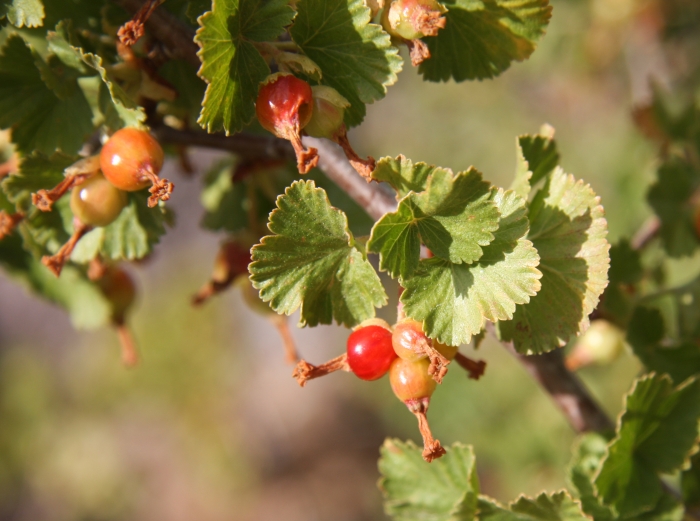Wax Currant
(Ribes cereum)
Wax Currant (Ribes cereum)
/
/

Dcrjsr
CC BY 3.0


















































Estimated Native Range
Summary
Wax Currant is appreciated for its drought tolerance and ability to thrive in poor soils, making it a suitable choice for xeriscaping and naturalistic plantings. It is also used for erosion control on slopes and in restoration projects. The plant’s berries provide food for birds and other wildlife, although they are not particularly palatable to humans. Wax Currant requires minimal maintenance once established and is best grown in full sun to part shade, with low water needs and well-drained soils. It is not known for having significant disease or pest problems, but its foliage can sometimes emit a carrion-like odor due to the hairs on the plant.CC BY-SA 4.0
Plant Description
- Plant Type: Shrub
- Height: 3-5 feet
- Width: 3-4 feet
- Growth Rate: Rapid
- Flower Color: Pink, White
- Flowering Season: Summer, Fall
- Leaf Retention: Deciduous
Growth Requirements
- Sun: Full Sun, Part Shade
- Water: Low, Very Low
- Drainage: Medium, Fast
Common Uses
Bee Garden, Bird Garden, Butterfly Garden, Deer Resistant, Drought Tolerant, Edible*Disclaimer: Easyscape's listed plant edibility is for informational use. Always verify the safety and proper identification of any plant before consumption., Fire Resistant, Fragrant, Hummingbird Garden, Low Maintenance, Rabbit Resistant, Rock Garden
Natural Habitat
Native to open woodlands, forest edges, and rocky slopes in Western North America
Other Names
Common Names: Squaw Currant, White Currant, Wüsten-Johannisbeere, Gadellier Cireux, Gadellier Sauvage
Scientific Names: , Ribes cereum, Ribes reniforme, Ribes spathianum, Ribes pumilum, Ribes churchii, Ribes viscidulum, Ribes cereum var. farinosum, Ribes inebrians var. spaethianum, Ribes spachii
GBIF Accepted Name: Ribes cereum Douglas